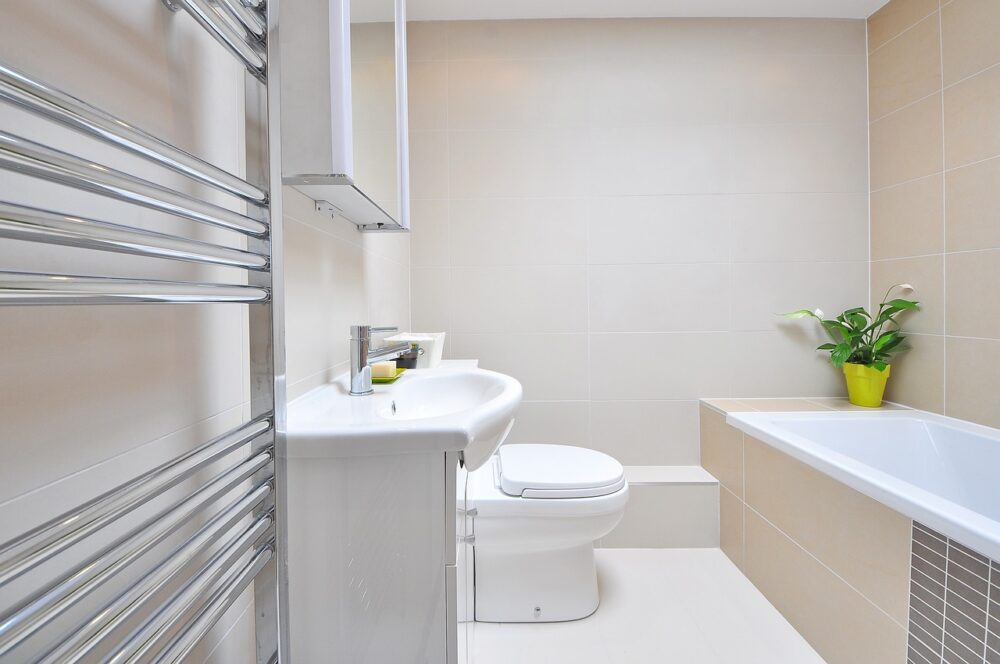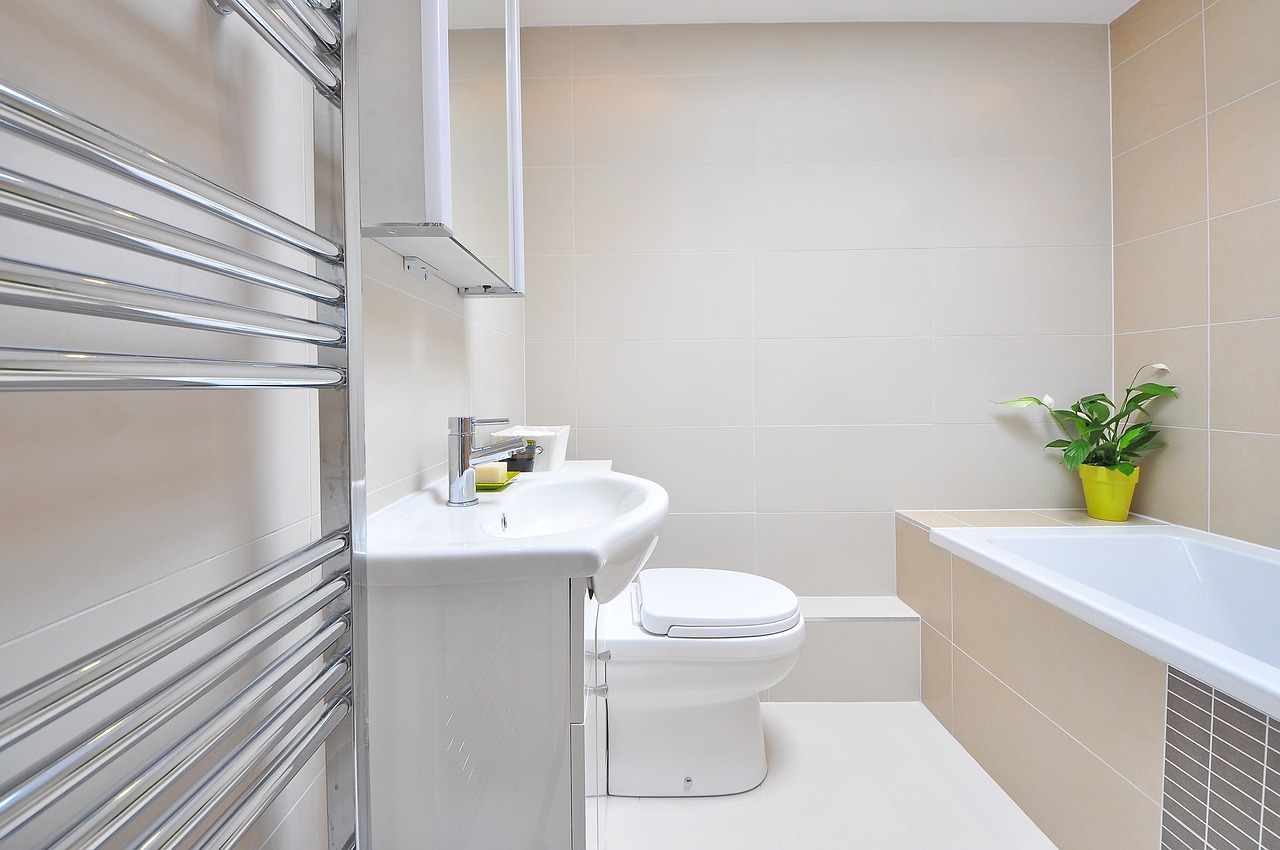Creating a new en-suite bathroom in your home can add value and convenience. However, there are several key factors to think about, from the fixtures and fitting to the necessary plumbing work. Taking the time to make the right decisions will ensure your new en-suite bathroom fulfils your needs and matches your desired style.

This article outlines the most important considerations.
Choosing Fixtures and Fittings
Selecting the right fixtures and fittings is crucial for creating your dream en-suite. When choosing a toilet, consider comfort height versus standard models and pick a basin style that suits the room dimensions. For the shower, choose between an enclosure or wet room, selecting screens or shower curtains. Pick shower fixtures like the shower head, taps and any accessories.When looking for a shower pump, consider the type of shower you want, and whether you need a positive or negative head.
Don’t forget essentials like bathroom cabinetry, mirrors, lighting and extractor fans. Browse brochures and online stores to find products that match your chosen style.
Installing Drainage and Mains Water Supplies
Good drainage and water supplies are vital in an en-suite. For drainage, you’ll need a soil stack leading to the main sewer, which may require breaching floors or walls. Install a gravity fed drainage system if possible, but where the bathroom is below the sewer level, a macerator or pump may be needed. Shop around to buy the best macerator pump.
For water, plan suitable hot and cold mains feed and outlets for your chosen fixtures. Install isolation valves so water can be turned off for maintenance. Seek professional help if you are unfamiliar with plumbing requirements.
Stud Walls versus Solid Construction
En-suites can be created using stud wall partitions or within existing solid walls. Stud walling framed with wood or metal allows quick installation. However, solid masonry walls give better soundproofing from the adjoining bedroom. Building regulations dictate minimum soundproofing performance levels, so check the requirements if noise is a concern. For solid walls, carefully mark out an opening, confirm there are no pipes or wires present, and remove bricks neatly. Support lintels must be fitted above the opening.
Flooring and Wall Finishes
Choosing suitable floor and wall finishes is key for both practicality and aesthetics. Waterproof, slip-resistant ceramic or porcelain tiles are ideal for floors in wet areas. Use mosaic, brick or larger effect tiles to suit your tastes. For walls, ceramic wall tiles are water-resistant, durable and easy to clean. Alternatively, install shower panels or wet wall boards which have waterproof integrated layers.
Ensure your floor has adequate falls towards drains to prevent pooling. Finally, apply bathroom-friendly silicone sealant between all tiles and fittings. Pay special attention to properly sealing the shower area to prevent leaks and water damage over time.
With good planning and by addressing all the key considerations covered here, your new en-suite will become a valued part of your home for years to come. Taking the time to choose the right fixtures, install proper plumbing, and select durable finishes will help ensure your new bathroom stands the test of time and provides convenience for your household.




















